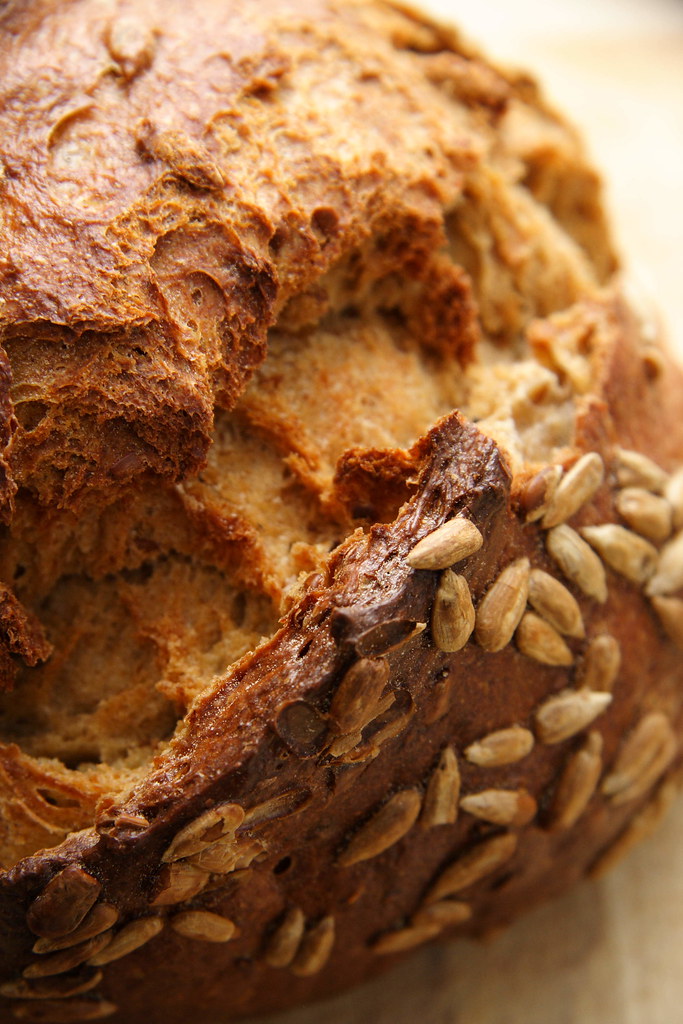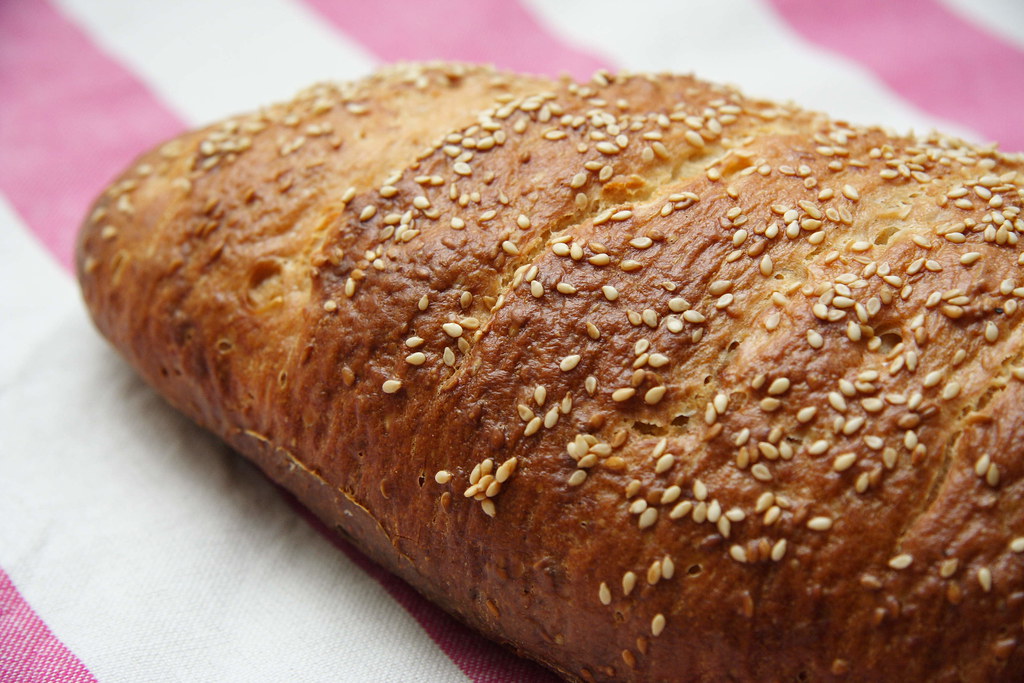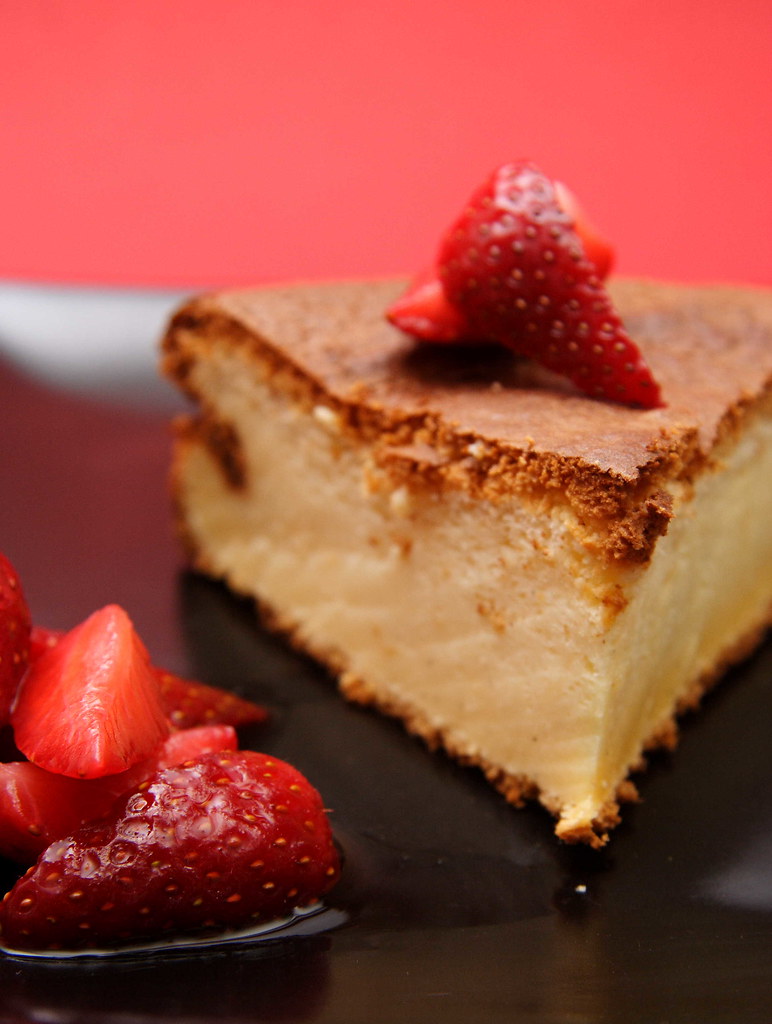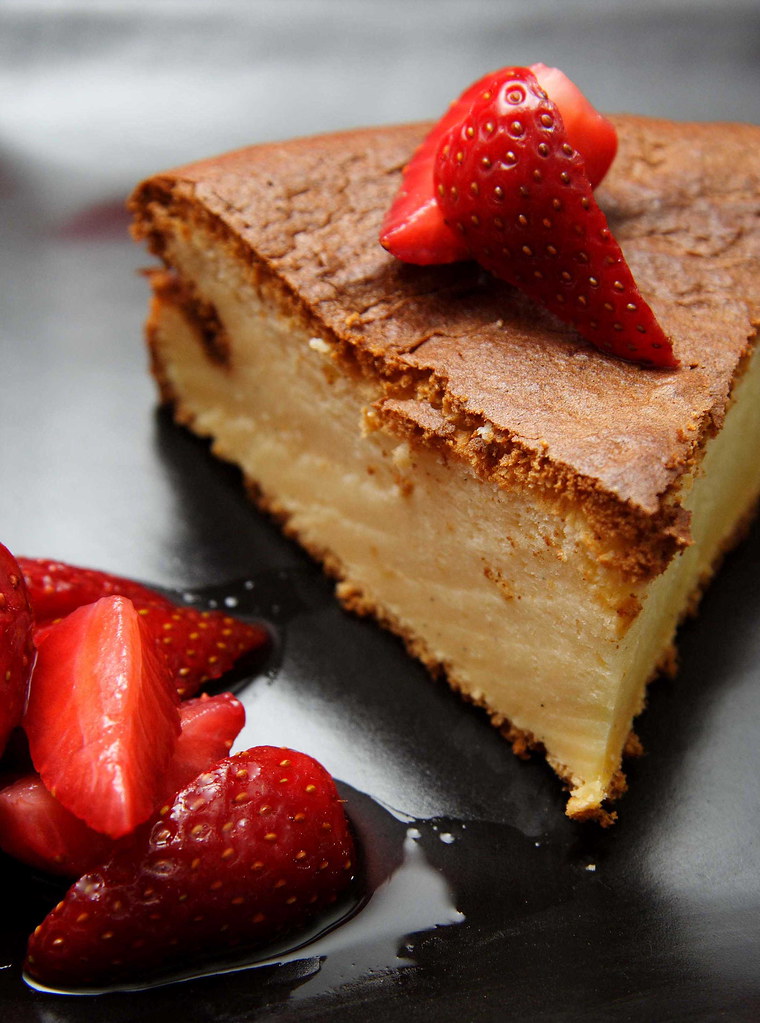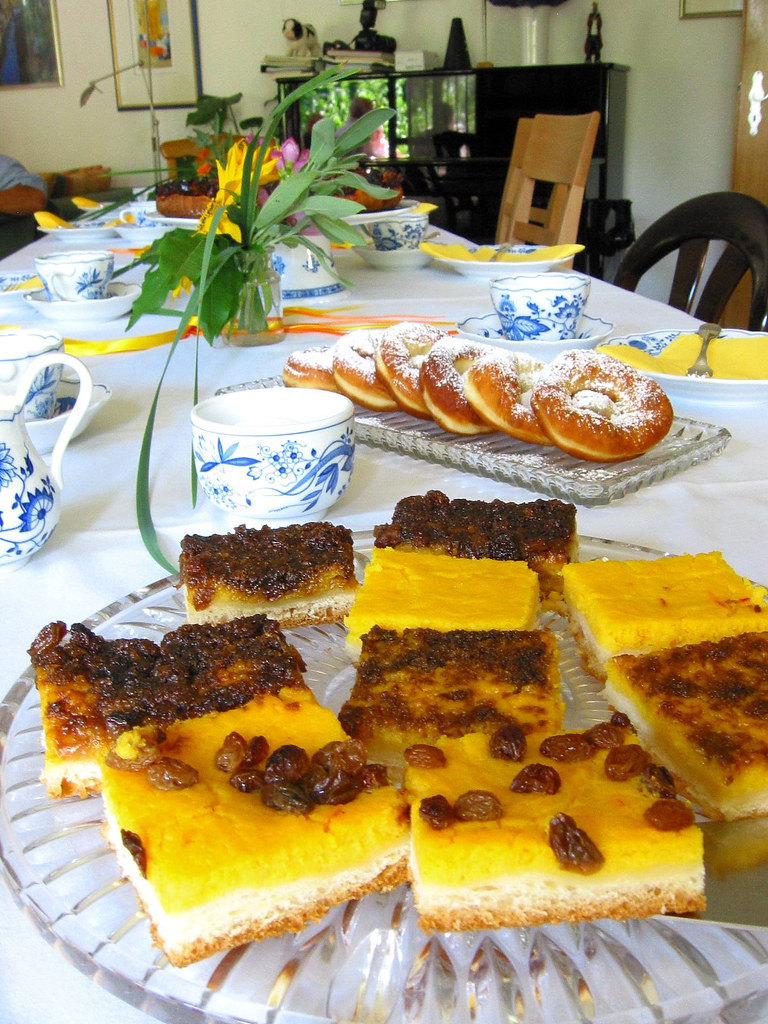 A long time ago, when I first thought about moving to the other side of the world, my boyfriend would always start to chuckle: "I´d love to see you explaining to some Aussie bloke who never ever left Australia, from which particular, tiny area in Bavaria you´re from!" Well, if there´s one thing I´m getting missionary about then it´s the cultural diversity of my home country. Mind you, I´m not making any judgements - I just love to get to know all these little, graspable things that are part of this very abstract concept of identity. And let me tell you, there´s a lot to be proselytized - not even the people from our neighbouring state (on the Western side of southern Germany) knew enough about us.
A long time ago, when I first thought about moving to the other side of the world, my boyfriend would always start to chuckle: "I´d love to see you explaining to some Aussie bloke who never ever left Australia, from which particular, tiny area in Bavaria you´re from!" Well, if there´s one thing I´m getting missionary about then it´s the cultural diversity of my home country. Mind you, I´m not making any judgements - I just love to get to know all these little, graspable things that are part of this very abstract concept of identity. And let me tell you, there´s a lot to be proselytized - not even the people from our neighbouring state (on the Western side of southern Germany) knew enough about us.Ladies and Gentlemen, let me introduce you to one of the seven districts of Bavaria which is located next to the Czech border: the Upper Palatinate (aka Oberpfalz)!
Ok, I know it´s pretty small. It´s not even an economically important area - once blooming industries like porcelain and lead crystal manufacturing are now wilting; and the long time in the shadow of the Iron Curtain wasn´t a good thing to begin with. There even is a rather mean saying that all the area has in abundance is stones on the fields.
However, with their limited supplies (milk products, potatoes, and apples were a staple) the people from the Upper Palatinate not only managed to get by but also produced some really tasty, hearty country fair.
 Whenever there is a feast in this area it won´t be complete without some of the local doughnuts (which don´t have a hole in the middle but a very thinly stretched piece of dough). One of the bigger feasts was the annual church anniversary where the whole village would come together and party for an extended weekend. This occasion would call for another traditional cake, the so called "Church Anniversary Cake" or "Parish Fair Cake" - I can´t even find a proper translation for that one... The pronounciation in my home dialect may seem a bit weird: it´s "Kirbakejchln" (doughnuts) and "Kirbakoucha" (cake).
Whenever there is a feast in this area it won´t be complete without some of the local doughnuts (which don´t have a hole in the middle but a very thinly stretched piece of dough). One of the bigger feasts was the annual church anniversary where the whole village would come together and party for an extended weekend. This occasion would call for another traditional cake, the so called "Church Anniversary Cake" or "Parish Fair Cake" - I can´t even find a proper translation for that one... The pronounciation in my home dialect may seem a bit weird: it´s "Kirbakejchln" (doughnuts) and "Kirbakoucha" (cake).The doughnuts are very crispy in the middle, buttery-soft in the thicker parts, and not sickly sweet. As a kid, the first thing to do when visiting my grand mother, was looking into her pantry for some of these doughnuts...
Whilst doughnuts are well-known allover the world in some way or other, I bet that this cake with its peculiar yellow colour won´t be know to many people outside my area. The colour of the semolina pudding layer comes from the generous use of saffron. This traditional spice is still rather expensive and that´s probably the reason why people had this cake only once per year. Saffron also makes for a particular taste that I didn´t cherish as a kid (but I do now). You can have this cake to your liking either plain, topped with raisins, with a mixture of brown sugar, ginger bread crumbs, and syrup or with simply everything. Enjoy!
Although I´m pretty late, this is my entry for this month´s Sugar High Friday invented by the Domestic Goddess herself and this time hosted by Johanna from The Passionate Cook. Her theme of local specialties was just perfect for last weekend when I made these things for the 60th birthday party of my father which happened to be on the same day as our local parish party!
PS: Hidden behind the flowers is a traditional plum cake - I told you, I don´t do anything but eating...
PPS: Please excuse the subpar pictures, without the camera I´m used to, I´m pretty hopeless...
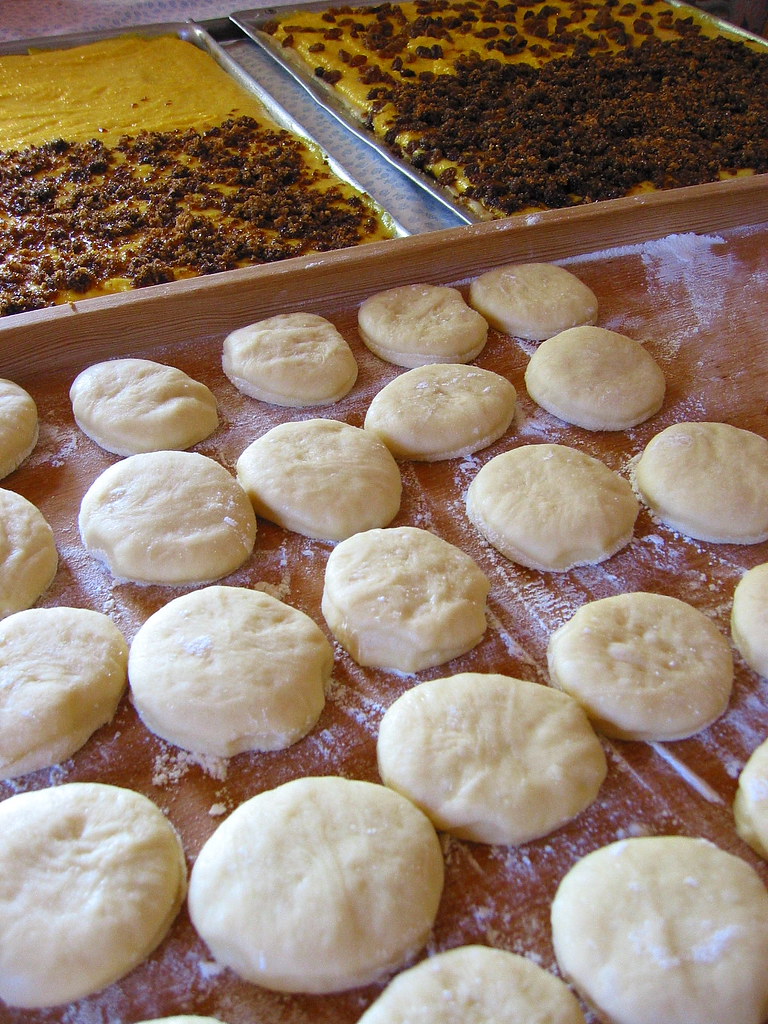
Parish Fair Doughnuts
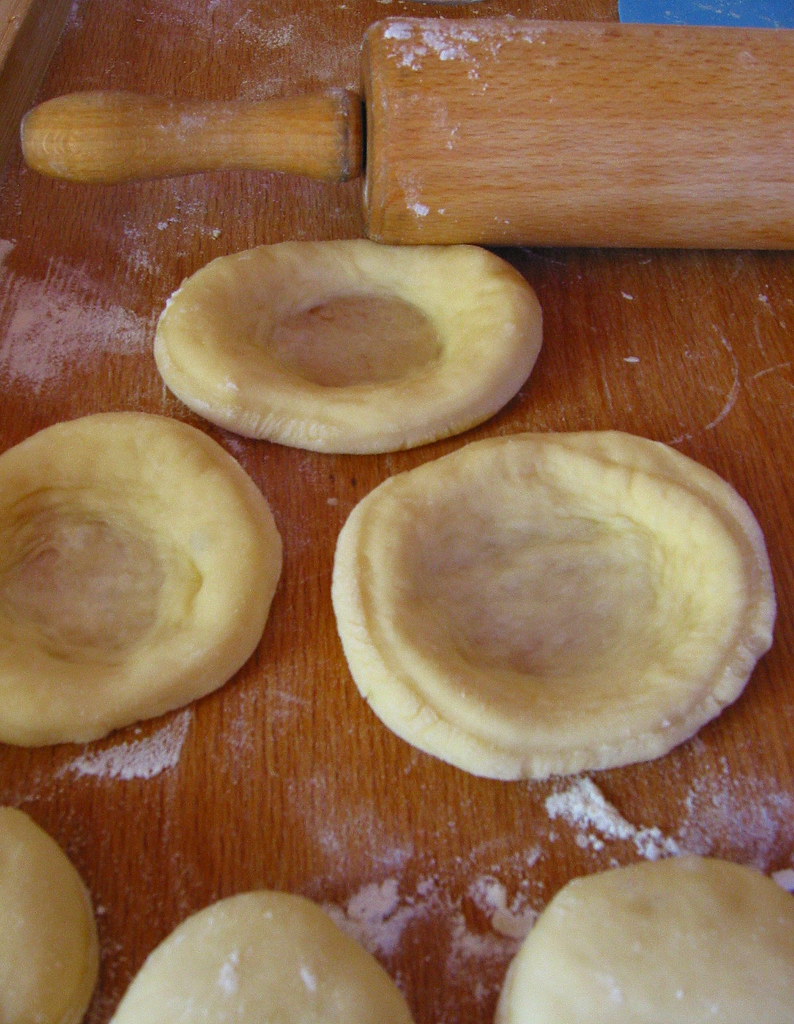 You can use your preferred recipe for sweet yeast dough like this one. The only adjustment for soft doughnuts is to make a very soft dough by adding more liquid including alcohol. For 500g of flour add a shot of rum or kirsch and at least double the amount of milk (depending on your preferences).
You can use your preferred recipe for sweet yeast dough like this one. The only adjustment for soft doughnuts is to make a very soft dough by adding more liquid including alcohol. For 500g of flour add a shot of rum or kirsch and at least double the amount of milk (depending on your preferences).After the first rise, roll out the dough to almost one centimetre in thickness on a lightly floured worksurface. Using a small drinking glass, cut out rounds. Cover with a towel and let rise until doubled. Now comes the tricky part that I haven´t quite mastered yet: You have to turn and stretch the round piece of dough between your thumbs and index fingers until the middle is like a window pane and the rim is of an even thickness (well, more or less). Deep-fry each round on one side until golden brown, then turn around. It is important that there is no hot oil in the cavity after the turn (otherwise the middle won´t stay yellow). Let cool down on sheets of kitchen towel and serve with lots of icing sugar. The next day, refresh in the hot oven for a couple of minutes.
Church Anniversary Cake
Again, use your favourite sweet yeast dough as a base but make sure that this one isn´t too soft.
The ingredients
1.5 l milk
225g soft semolina
sugar to your liking
0.5g saffron (or a little bit more)
250g butter
5 eggs, separated
2 big pieces of ginger bread
400g light brown sugar
1-3 tbsp sugar beet molasses
250g raisins
rum (optional)
This makes enough to cover two big baking sheets as seen above.
1
Cook a thick semolina pudding, stir in butter, saffron, and sugar to your liking.
2
Add egg yolks. Beat egg whites until they hold soft peaks and gently fold in.
3
Roll out the dough onto your baking sheets and let rise for 15-20 minutes, cover with yellow semolina mixture.
4
Depending on your preferences, either bake plain or with raisins plumped in rum or with a sticky mixture of brown sugar/crumbled ginger bread/molasses or put everything on top.
5
Fan-bake at 150 degrees Celsius until the edges of the dough are golden brown.
The source
Adapted from a local cookbook: "Weidener Kuechengeheimnisse"
The hint
Tightly wrapped, the cake keeps very well for several days. The doughnuts can be frozen.
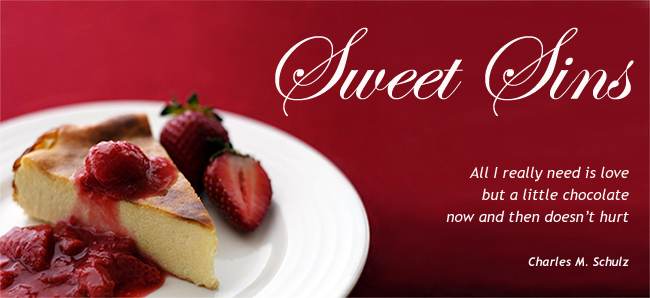
 Dear Reader, you might have noticed by now that it was pretty quiet around here - again. However, this time I´ve got good reason for it: a week ago, I´ve boarded a plane for my annual visit in Germany - and now I´m back in the land of the Bread! Besides catching up with my family and especially my little nephew (an ueber cute, almost three-year-old) I´ve been real busy eating my way through all sorts of bread rolls, pretzels, and cakes, of course...
Dear Reader, you might have noticed by now that it was pretty quiet around here - again. However, this time I´ve got good reason for it: a week ago, I´ve boarded a plane for my annual visit in Germany - and now I´m back in the land of the Bread! Besides catching up with my family and especially my little nephew (an ueber cute, almost three-year-old) I´ve been real busy eating my way through all sorts of bread rolls, pretzels, and cakes, of course...